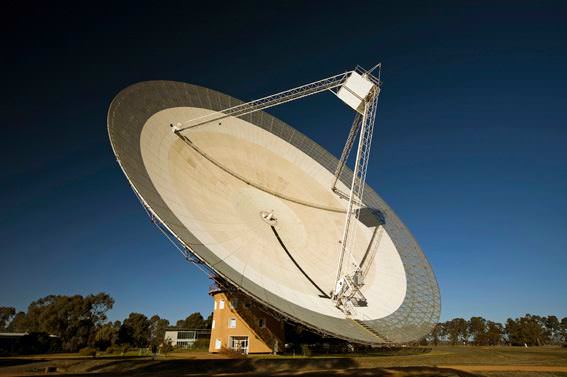This year’s International Astronautical Congress is being held in Adelaide, Australia and the opening ceremonies of this meeting of ‘all things space’ included a special announcement. The Australian government announced that it will establish a new national space agency, with the hopes of growing Australia’s already vibrant space industry.
Michaelia Cash, Australian’s acting Minister of Industry, Innovation and Science was quoted as saying that Australia will not have a NASA but an agency “right for our nation, right for our industry … that will provide the vehicle for Australia to have a long-term strategic plan for space – a plan that supports the innovative application of space technologies and grows our domestic space industry, including through defense space procurement.”
Australia’s space industry is worth about $4 billion and already employs about 11,500 people. But proponents for creating a space agency for the country say it will help coordinate and expand the efforts.
Of course Australia has been very active in space exploration, being part of every deep-space mission NASA has flown with tracking and communications as part the Deep Space Network and the precursor system of dishes around the world. The tracking and communications dish at Parkes, Honeysuckle Creek, Tidbinbilla and Canberra were notoriously part of the Apollo missions, and several other large radio dishes in Australia have been listening to space to tease out astronomical details. Additionally, the Square Kilometer Array being built in Australia, New Zealand and South Africa will help us answer fundamental questions in astronomy and cosmology.
But still, many have said that Australia is one of the few major developed countries that do not have a space agency. New Zealand established their space agency last year. You can see a list of all the world’s space agencies from Heather Archuletta’s Pillownaut website.
Reportedly, the plan is to double the size of Australia’s current space capacity within five years and add thousands of new jobs, while taking advantage of new technology such as cubesats.
“We have longstanding ties with NASA, exploring space together and generating all of these jobs. And that’s the key point, it is a jobs industry-first agency,” astrophysicist Alan Duffy told ABC. “It’s designed to create satellites and new uses for the images that come from those satellites, and I don’t mean giant, bus-sized satellites of the ‘60s and ‘70s. Thanks to smartphones something the size of a toaster has the same capabilities as some of these historic launches. So we get to space cheaper and we can do more when we’re there.”
Reportedly, more details of the new space agency will be announced this week during the IAC, which is a gathering of thousands of global space experts, heads of other space agencies and private companies.
Sources: ABC, Sydney Morning Herald


